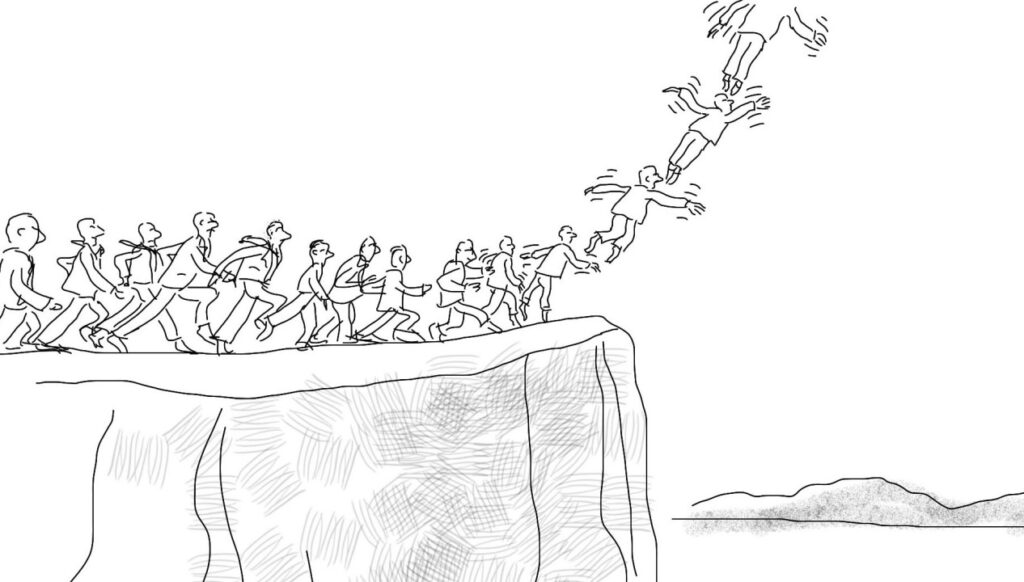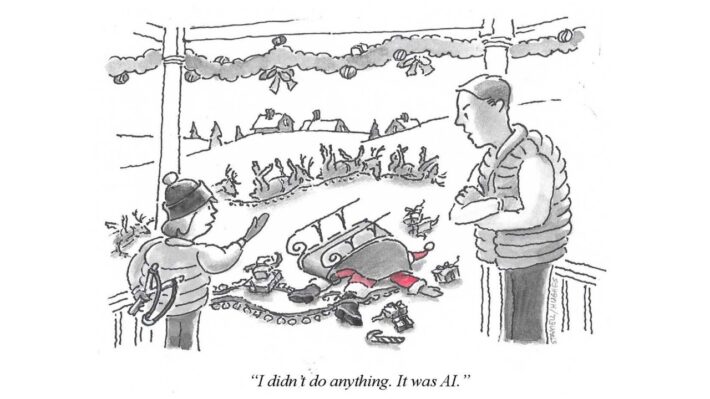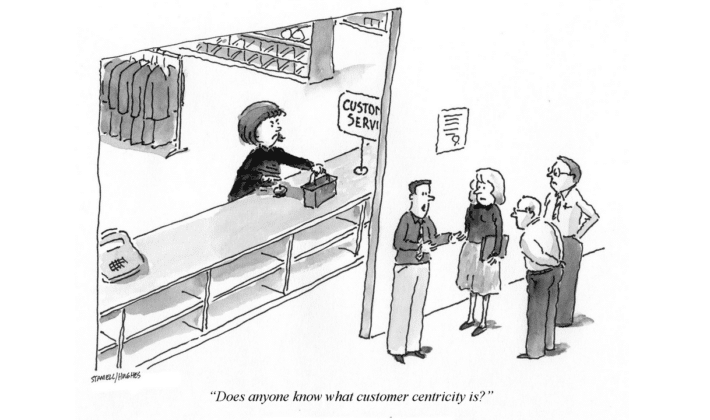If Only You Believe, The Luxury Market Will Grow Forever

This morning, one day after I wrote and posted this article, Vogue Business reported on a decline in U.S. luxury sales. China is still growing but if you’re one of the companies, I refer to here, you’ll need a new way to learn your customers’ needs, build their brand loyalty and grow sales. We can help.
Just this past week, The Wall Street Journal ran a story titled “The World is Volatile but Luxury Brands Look Serene” noting that first-quarter revenue for Hermès rose 23% and by 17% for LVMH over the same period last year. These were much higher results than anticipated by industry analysts. That’s all well and good and possibly reason to be buoyant for the top of the consumer market. However, the article also points out that last year, “three companies – LVMH, Hermès and Richemont – took home 75% of the industry’s incremental revenue”. What this says for other luxury brands is that it’s a real dogfight for a smaller piece of the upscale consumer’s wallet.
Luxury brands go far beyond the global giants and it may be better to think of them as high-end aspirational products or accessible luxury. That covers tens of thousands of retail and online brands that sell apparel, cosmetics, furniture, jewelry, leather goods, skincare, travel, watches, wine, spirits, and more. They distinguish themselves not only with design and quality but also their values such as sustainability and community involvement which are important to Gen Z and Millennial consumers.

The luxury market has been built by Baby Boomers, who for their increasing age and decline through attrition still hold an outsized percentage of global wealth. But change is upon us as Gen Z and Millennials take over. It’s for these cohort groups that so many new brands have been created. But how do brands get the attention and loyalty of these consumers? How can they better understand the motivators that drive them to buy and buy again?
The answers are not to be found in tactics and that’s often where most companies go. Simply sending more emails and posting more on social media is not going to earn brand loyalty or distinguish one brand from thousands of others doing the same thing. According to Unity Marketing’s State of Luxury 2023 report, only 8% of companies report social media as very effective. As I pointed out in a recent article I wrote for Total Retail, “only 44 percent of luxury brands are satisfied or very satisfied with their customer data collection and utilization.”
So what should you do?
Your customers can tell you. Every brand regardless of its size should build a customer community (internally, we’ll call it a database) and begin to build out the personas of its customers.
Let’s stop there!
This does not mean third-party tracking, past purchases or other types of information from the past. That only tells you what your customers used to do. You need to learn what interests them now and why. The “why” behind what they do and believe is where you can find your strategy for growing brand loyalty and sales and that will guide you on which tactics to use. This means gathering customer motivations, opinions, perceptions and sentiments, and appending them to customer files so you can segment and begin relevant conversations with them.

Think about having a conversation with just one customer, asking questions, and learning their interests, needs and perceptions. This gives you a wealth of information with which to provide them with products that match their lifestyle and values. Now multiply that by thousands. With today’s AI technology, this can be done and it can set you ahead in a very competitive marketplace.
The problem is finding a marketing platform that captures customer insights and activates them for your marketing needs. There are some (ours, to be self-promotional for a moment) and there will be more in the future. The luxury market won’t grow on blind faith alone. It needs to keep pace with and use today’s technology to build better and lasting relationships with customers.
Learn more about Oomiji or better still, let’s demo the platform so you can see how it works.



